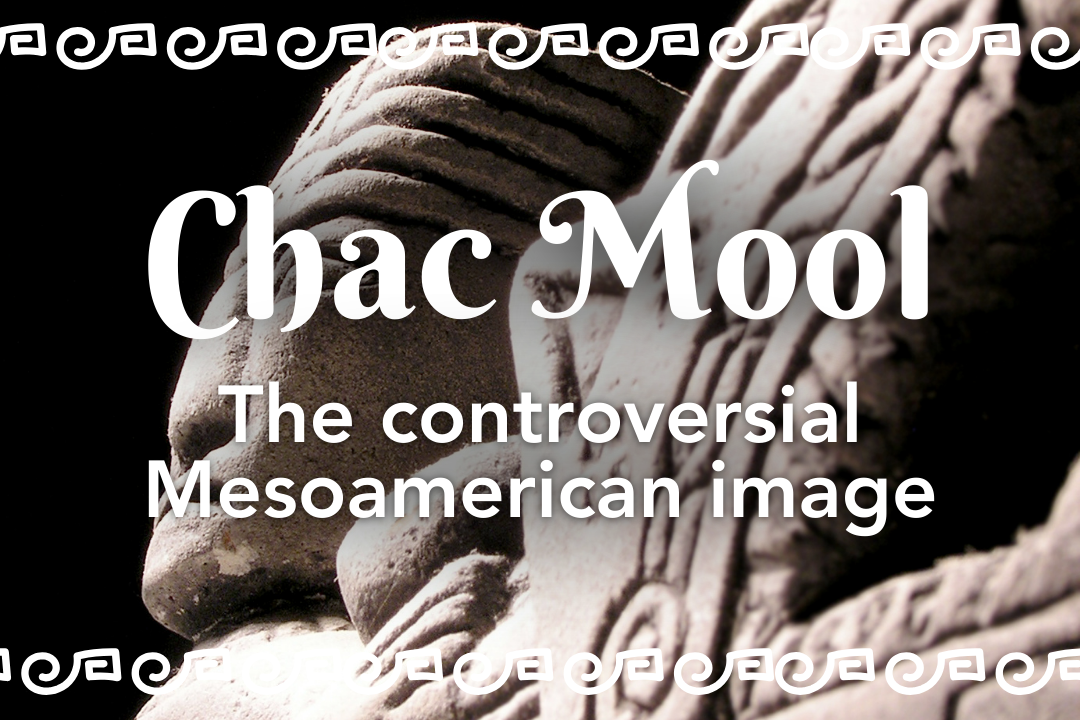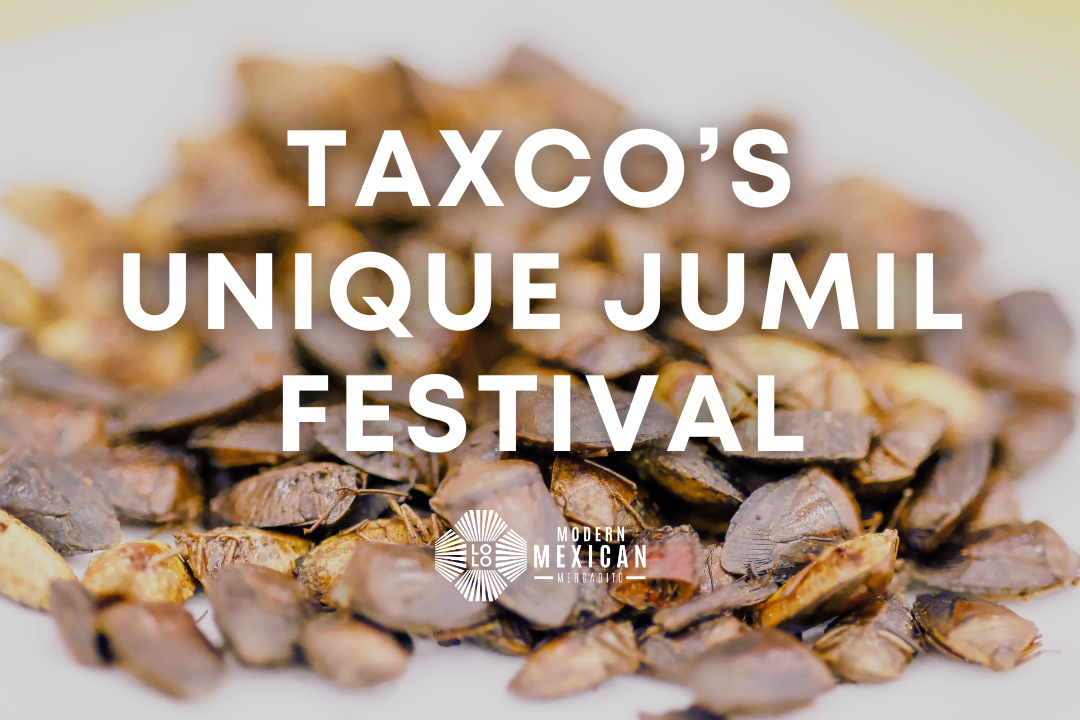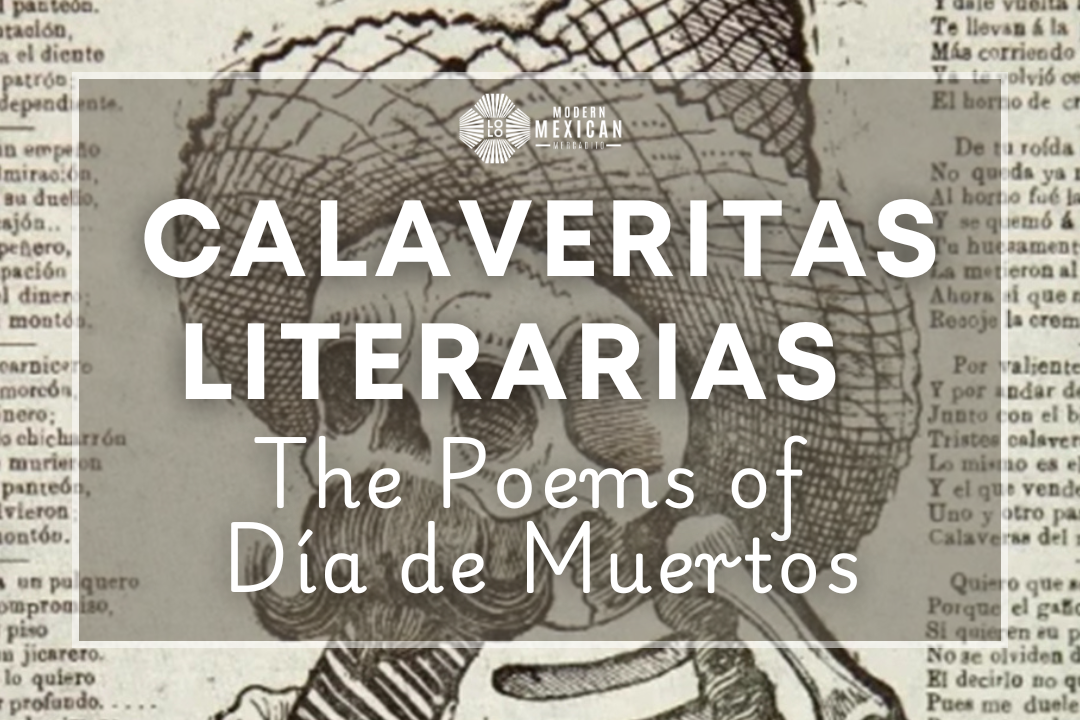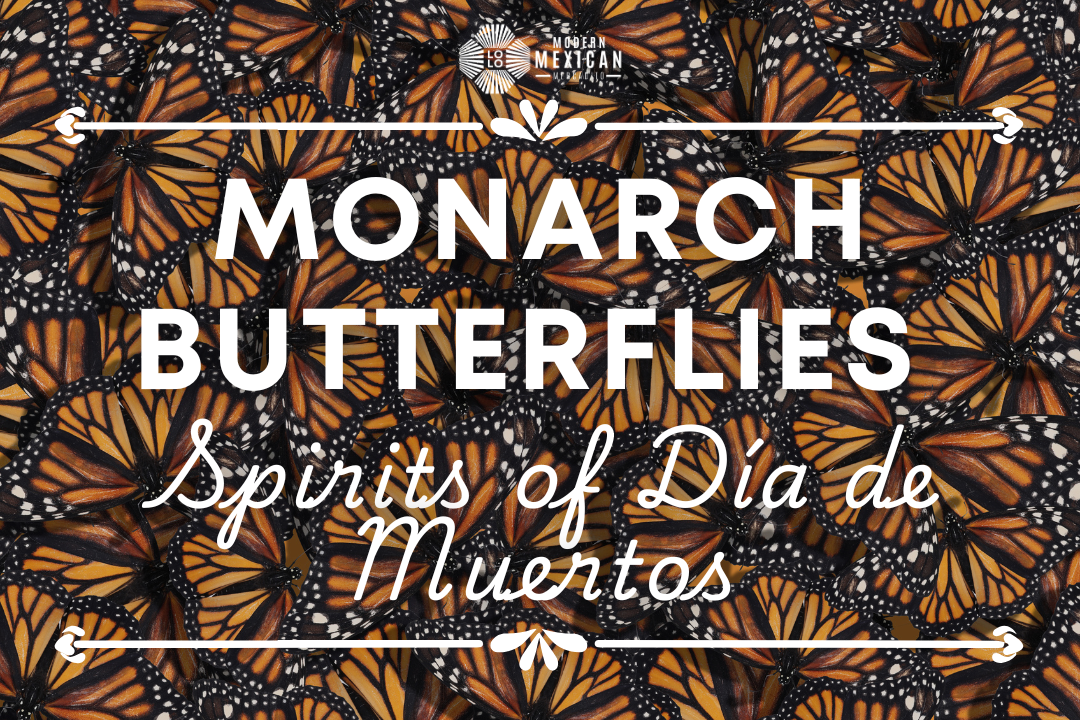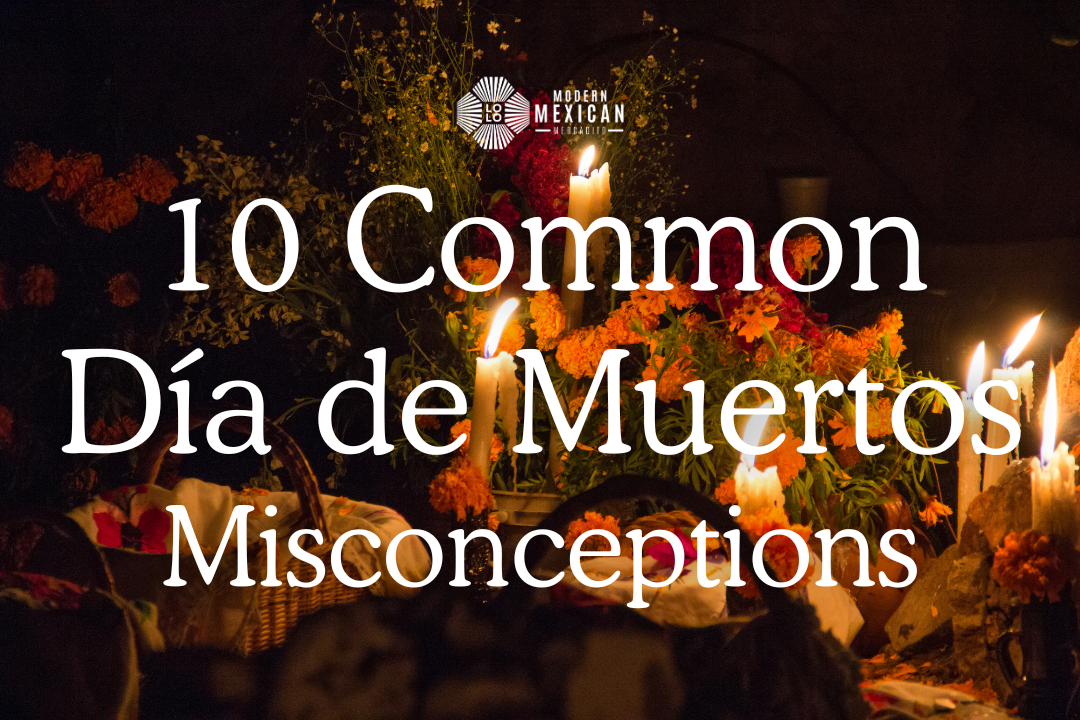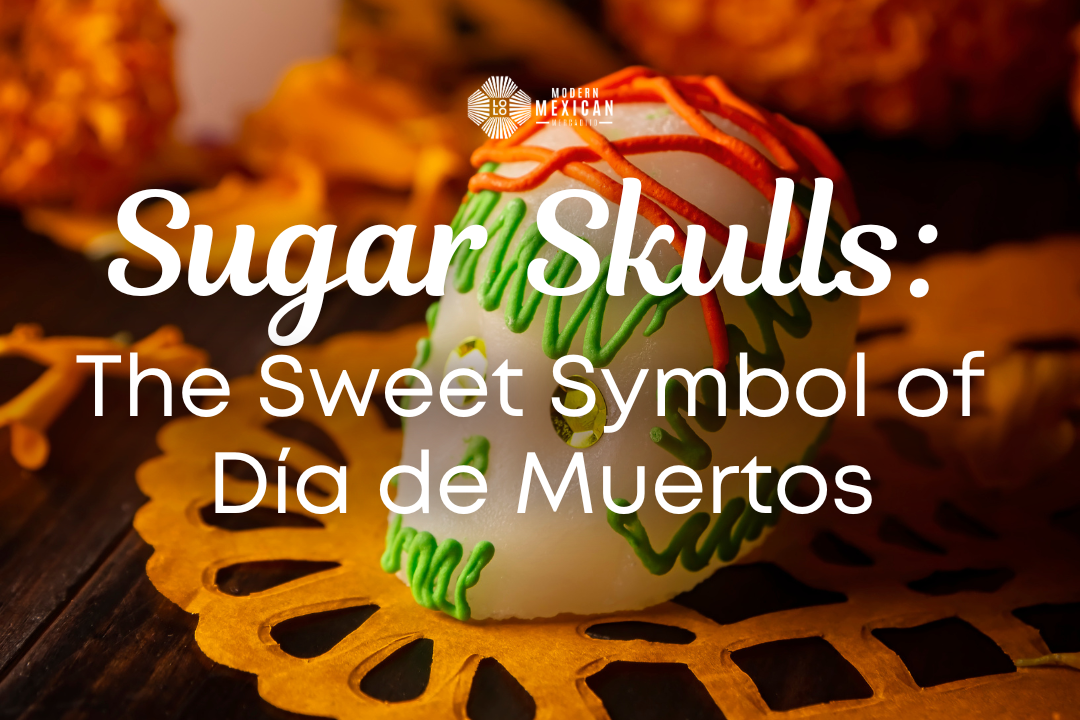In the heart of Mesoamerican history lies the mysterious figure of Chac Mool, a reclining statue that has captivated archaeologists, historians, and writers alike. While primarily linked to rain, Chac Mool represents a complex web of cultural and religious significance that transcends centuries up until this date.
The enigmatic figure of Chac Mool, often associated with rain and fertility rituals, has also found its place in modern interpretations, including Carlos Fuentes' haunting short story "Chac Mool." For us, it were recent events such as rains, hurricanes, and their aftermath that bring to light the enduring relevance of Chac Mool. For these and many other reasons, this interesting sculpture has been in the back of our minds which is why we decided to highlight Chac Mool and its impact in Mexican culture.

Chac Mool in Mesoamerican Times
So, let’s begin with the basics: what do we mean with Chac Mool? During the height of Mesoamerican civilizations, Chac Mool statues were prominent in the cultural and religious landscapes of the Maya, Toltec, and Aztec peoples. Characterized by a reclining posture with the head turned to the side and holding a bowl or disk on its stomach, Chac Mool figures were often found at the entrance of temples and ceremonial sites. These sculptures are believed to have served as altars for offerings, playing a crucial role in rituals aimed at appeasing deities and ensuring agricultural fertility.
The origins of Chac Mool are thought to trace back to the Toltec civilization, particularly at the ancient city of Tula, though its presence has been noted in various locations across Mesoamerica, including Chichen Itza in the Yucatán Peninsula. The diversity of sites where Chac Mool figures have been found suggests a widespread significance and adoption by multiple cultures. While Augustus Le Plongeon was the first to document Chac Mool in modern archaeology, attributing the name to the figure he encountered, it is important to acknowledge that these statues were integral to indigenous traditions long before his writings and that there were others who documented the existence of these sculptures.
The Mystery and Debate Surrounding Chac Mool
The origins and meanings of Chac Mool have been subjects of considerable debate among scholars. The primary function of these statues remains elusive, as interpretations vary widely. Some believe that Chac Mool served as a messenger to the gods, conveying offerings and prayers from the human realm to the divine. Others argue that the statues symbolized fallen warriors, serving as intermediaries between the living and the deities.
This diversity in interpretation is further complicated by the varying depictions of Chac Mool across different cultures and time periods. In some contexts, the figure is associated directly with rain and fertility gods, such as Tlaloc in Aztec mythology. In other instances, Chac Mool appears in contexts that suggest a broader symbolic role, possibly related to the sun, war, or even the afterlife. The recurring appearance of Chac Mool in different regions and eras with slight variations in form and function adds to the enigmatic nature of this sculpture.
Intellectuals and archaeologists have long debated the significance of Chac Mool, with no definitive consensus. This ongoing discourse highlights the richness and complexity of Mesoamerican spirituality and the ways in which these ancient cultures understood their world and their gods. The mystery of Chac Mool lies not only in its physical form but in its ability to embody multiple layers of meaning, reflecting the dynamic and interconnected nature of Mesoamerican religious practices.

What Does the Chac Mool Represent?
The interpretations of what Chac Mool represents vary significantly. Traditionally, the figure has been seen as a tlamanalco, or offering table, where gifts would be placed directly on the character's altar or in containers. These offerings included tamales, tortillas, turkey meat, tobacco, flowers, pulque, and incense. Another theory suggests Chac Mool served as a cuauhxicallí, or container for the blood and hearts of the sacrificed, similar to some Mexica altars. Additionally, some propose it functioned as a téchcatl, or sacrificial stone, blending both of the above mentioned uses in one.
In Tula and Chichén Itzá, Chac Mool is often associated with ball games or directly with the god of rain, as seen in the Great Temple of the Aztecs. The functions attributed to Chac Mool range from an altar for offerings to a sacrificial stone, reflecting its diverse roles in Mesoamerican rituals. The Chac Mool's representation also varies: it could symbolize a specific god, an intermediary between the offerers and the gods, or a warrior.
Among the warlike Toltecs, Chac Mool might have represented a warrior, as suggested by its attributes similar to those of the Atlanteans: armed, wearing a butterfly breastplate, and carrying a knife tied to its arm. In Tenochtitlan, the Chac Mool found there has a close relationship with the god of rain, Tlaloc, indicating a possible shift in symbolic meaning over time.
The Ongoing Mysteries
Since 1832, when the first recorded account of a Chac Mool figure was published, scholars have proposed various theories about its origins and meanings. Some argue that Chac Mool's roots trace back to different time periods and geographical areas. The figure's representation as a sacrificial victim, a soldier, a priest, a historical figure, a man-god, a divine messenger, or a particular deity has been debated extensively.
These controversies are justified by the fact that Chac Mool statues are rarely found in their original archaeological context. They have not been captured definitively in pre-Hispanic iconography, and documentary references are often vague. The statues have been discovered in at least 25 locations throughout Mexico and beyond, from Quintana Roo and Yucatán to Tula, Michoacán, Tlaxcala, Querétaro, and Mexico City.
Adding to the complexity, the sculptures exhibit considerable variability. While the reclining body position is a common feature, the known specimens differ in the direction of the head, the position of the abdomen, the point of support on the base, and the posture of the limbs and trunk. Some lie on rectangular bases and have ceremonial altars on their bellies, while others do not.

In exploring the enigma of Chac Mool, we uncover a multifaceted symbol that transcends a singular interpretation. While modern narratives, such as Carlos Fuentes' story, bring Chac Mool into contemporary consciousness, the figure's roots are deeply embedded in the rich tapestry of Mesoamerican culture. As a symbol of rain, fertility, war, and divine communication, Chac Mool bridges the earthly and the divine, embodying the hopes and fears of ancient peoples facing the unpredictability of nature.
And, because this is on the back of our mind, for those seeking a more specific deity associated with rain, Tlaloc, the Aztec god of rain, emerges as a focal point. Yet, Chac Mool's role in rain rituals and its broader symbolic significance offer a more holistic understanding of how Mesoamerican civilizations engaged with the elements and the cosmos. The enduring fascination with Chac Mool underscores the timeless nature of these ancient traditions and their ability to speak to us across the ages.
New findings will continue to shape our interpretation of this enigmatic figure, whose unlikely position even influenced modern sculptors like Henry Moore. The legacy of Chac Mool invites us to consider the enduring power of symbols and the ways in which they shape our understanding of the past and present.
---
So, what do you think? Were you familiar with Chac Mool and the controversies behind the sculpture? Have you ever seen one Chac Mool up close? What other dieties do you relate to rain? Let us know in the comments below!
We invite you to support our efforts to promote our cultura by sharing and exploring our mercadito, where you can shop authentic artisanal crafts carefully curated to represent true Mexican talent.
Also, don't forget to subscribe to our newsletter where we make sure to share this and many more stories, artisanal techniques, artisan's stories, recipes, and content of interest so that you are 24/7 on the loop! We also make sure to give our familia of subscribers exclusive promotions, gifts, first-hand look at all new products and, of course, these articles that we love to write for you all!

